In the name of all animals!
Carole, who is in charge of ESL’s booking service, based in our head office in Montreux, recently had an experience that she describes as being very enriching: she took part in the volunteering programme offered by ESL in the Shamwari game reserve near Jeffrey’s Bay. She told us about this three-week experience that changed her life.
Let’s start at the beginning: can you describe the reserve for us?
The Shamwari game reserve is located less than 2 hours away by car from Jeffrey’s Bay. It is huge, it spreads over 25 000 hectares! It is a private game reserve, founded more than 20 years ago, distinguished for the quality of its services. It plays a very important role for the local population, for it raises awareness among the locals about the preservation of wild animals and about the disastrous consequences of poaching. Between 250 and 280 employees work in this game reserve and their commitment is exemplary. They are also committed to doing something for the local community, but I will tell you about that later.
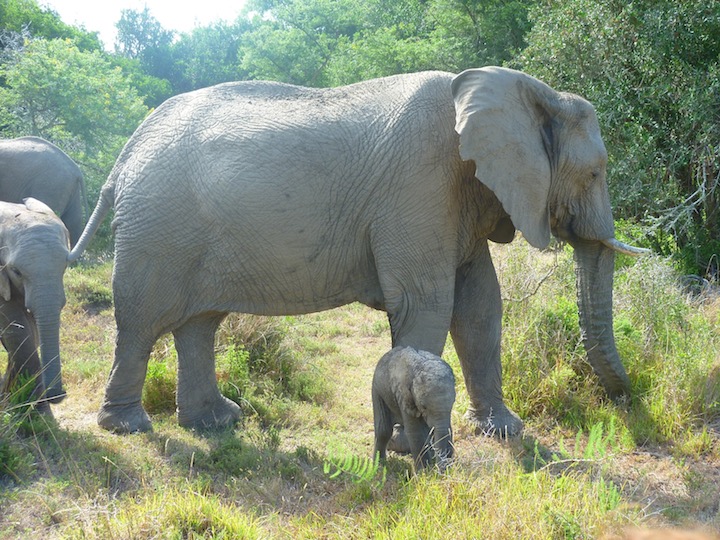
At noon, monitoring of the elephants: one hour surrounded by a herd of about twenty elephants, among which is “Marmelade”, the little one, who is 3 days old on this picture
Which animals can be found in the game reserve?
It goes from the biggest, elephants, to the smallest, turtles and insects… there are also rhinos, lions, antelopes, giraffes, zebras… A world in perfect, natural balance that’s carefully watched over by the people in charge of the game reserve and maintained by the many volunteers, some of whom spend several months there.
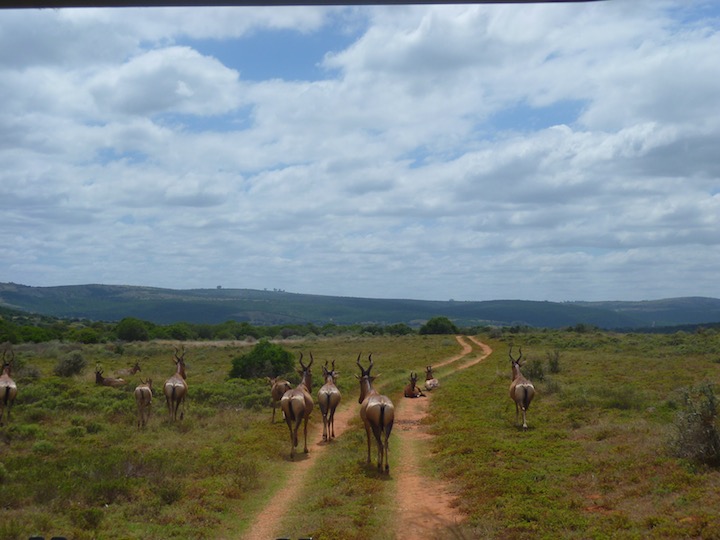
25 000 hectares where animals live freely and where humans try to intervene as little as possible so they can live just like in the wild.
Why did you choose to take part in this volunteering programme?
I love animals and I wanted to do something useful during my holidays. I am really happy with my choice! I was integrated into a team of very motivated and united volunteers, the game reserve was just beautiful and the programme was great!
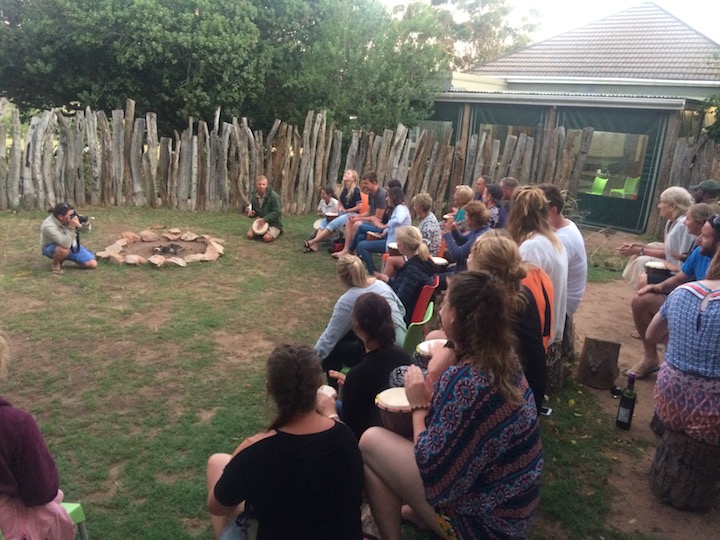
Musical end of day. Initiation to djembe before ending the evening gathered around a campfire.
How did you spend your days in the game reserve?
Usually, in the morning we did some “manual” work: we repaired the holes left by the rhinos in the dirt tracks – a first layer of big stones covered impressive elephant turds! With machetes, we cut off plants such as cactuses and conifers, which prevent the development of the flora. But the most spectacular was the monitoring of the fires started by the rangers to gain some grazing land over the bush… We had to be very careful not to let the embers fly above the limits of the controlled fire. All these interventions gave me the feeling of having accomplished something really useful, with my own hands.
The afternoon was dedicated to the observation and census of the animals. We rode a jeep, with a ranger, tracking down elephants, rhinos or other animals. The ranger explained their lifestyles to us and made us analyse the way they moved around, their food as well as their behaviours in groups or on their own. We then copied the data on a form. We were really involved in the life of the game reserve. I never felt in danger, the presence of the experimented ranger and the fact that the animals were used to seeing people driving around totally reassured me.
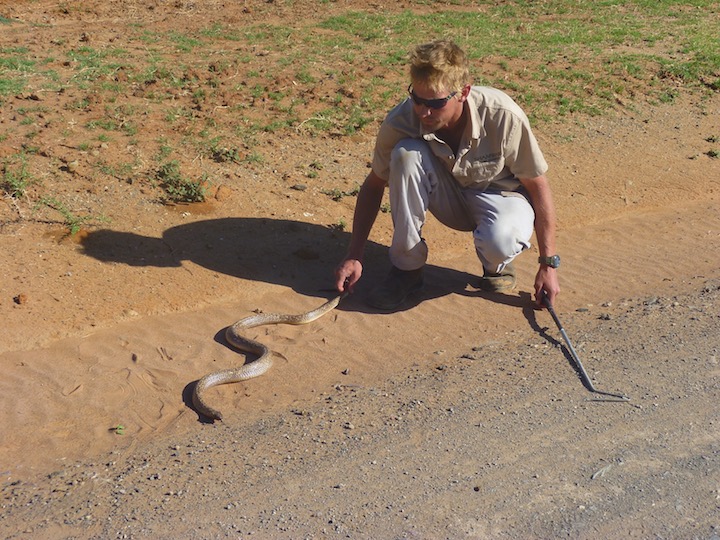
Mike, one of our coordinators (ranger) who is passionate about insects and reptiles, talking about cobras
How would you rate the supervision of the volunteering programme by the people in charge?
Perfect! The people in charge and the rangers were always available to answer our questions or to guide us when we went out with vehicles. Moreover, their explanations and the experiences that we had on site made us discover in depth the challenges related to the preservation of wild animals in Africa. The rangers knew how to explain to us – and we could notice it with our own eyes – the precious bond, which must be preserved at all cost, between men, animals and nature. It’s a memorable experience and we owe it largely to the very professional supervision of our volunteering programme!
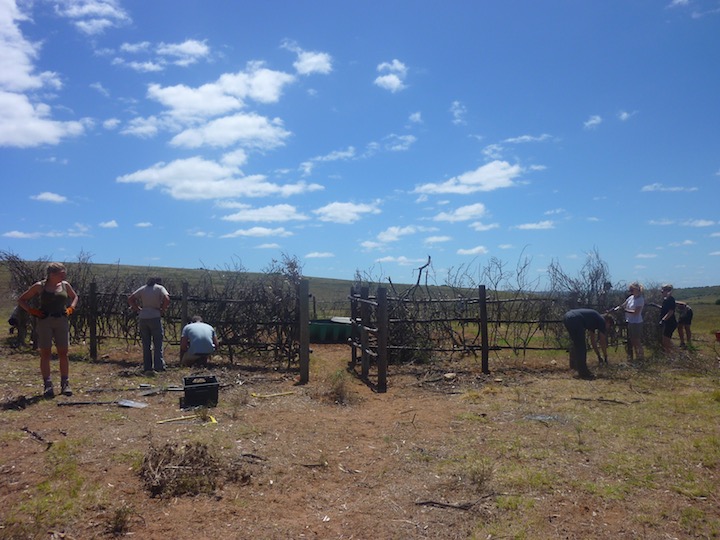
Pen built for buffalos that must be “vaccinated”
Were there other activities that were less in direct relation to the animals?
Every Friday, the volunteers and the people in charge of the game reserve go to the nearest village, Paterson, to contribute to the village community projects. At the village’s school, we did some presentations about issues that are very sensitive in South Africa: the harmful effects of drugs and alcohol or teenage pregnancies. The volunteers and the people in charge put a lot into the education of young people and make them understand the interest they have in preserving the local flora and fauna: their future professional lives depend on it!
One Friday, we went to a childcare centre that welcomes about 50 children aged between 2 and 5. We brought them candies and played with them for a while. We also painted the wooden play area, which had been built by volunteers a few weeks earlier. We also felt then the usefulness of our intervention, it was an unforgettable memory.

The childcare centre’s play area of Paterson (a very poor town, close to tthe reserve) built by the volunteers
Where were you accommodated?
We lived on site, in the game reserve. The camp for the volunteers includes a very simple building with rooms with twin beds and ensuite bathrooms, and another one where we had our meals and spent our evenings chatting, playing cards or table tennis. Since we were in the game reserve (protected by fences, of course), there was no shortage of space and we often ended the day with a football or volley ball game, or jumping into the small pool, which was at the volunteers’ disposal.
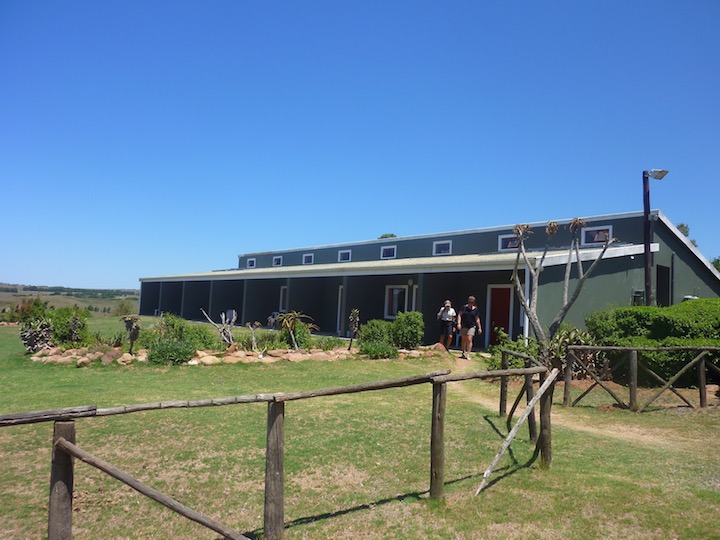
Camp of the Shamwari Conservation Experience programme
How would you assess your experience as a volunteer in South Africa?
I found the whole programme really extraordinary. I am particularly glad to offer this type of programmes with ESL, as they perfectly integrate into a language stay. The volunteers came from all walks of life, were between 18 and 70 and were all driven by the same willingness to do something useful during their holidays. I really liked the contact I had with all these people, the teamwork and the privileged relationship with the African savannah. I really do not see how I could have spent more enriching holidays! I recommend such an experience to all those who are committed to the preservation of nature and wild animals. I just want to go back there!
Good to know:
✔ The English foundation “Born Free”, in collaboration with “Big Cat Rescue”, welcomes animals bred in captivity and prepares them to live in conditions of total freedom in the huge reserves. Both are located in the Shamwari game reserve.
✔ In Shamwari, 9 lions and 3 leopards, saved from circuses and private owners, now spend their retirement in a big park especially set up for them. Unfortunately, it won’t be possible for them to live in the wilderness as they are too much used to human contact.
✔ Over the past 20 years, the lion population in Africa has decreased by 60%. These animals are listed as “critically endangered”. The recent death of Cecil the lion has had worldwide repercussions.
✔ Hundreds of rhinos (1215 in 2014 and barely less in 2015) are killed every year by poachers who only want one thing: to sell the animal’s horn at the highest price. A female rhino was nursed for more than 8 months in the Shamwari game reserve care centre. She was seriously wounded by poachers in spring 2015 and is trying to survive with a huge hole on her head. On February 24, 2016 “Hope” was taken to a Pretoria veterinary centre to undergo an operation that has never been tested before. If it works, it will make the closure of the wound possible. The “Saving the Survivors” association finances this medical care and posts news about her on Facebook on a regular basis. I was personally very touched by this story as I had the opportunity to witness the care “Hope” received when she was still in the reserve and I was able to touch her when she was under anaesthesia.
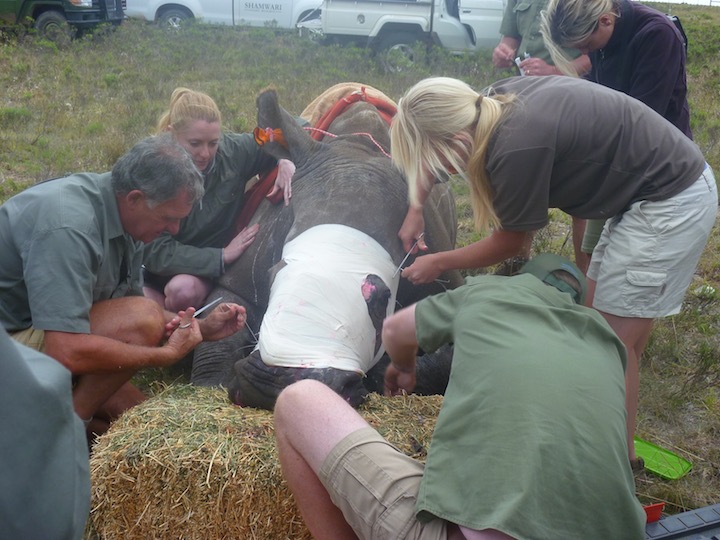
Shamwari Animal Rehabilitation Centre was set up to aid in rehabilitating injured animals found on the reserve and surrounding community. The Shamwari team looked after “Hope”, a rhino that was poached.
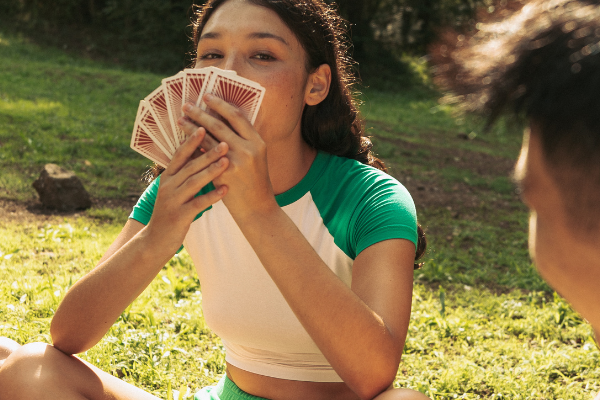
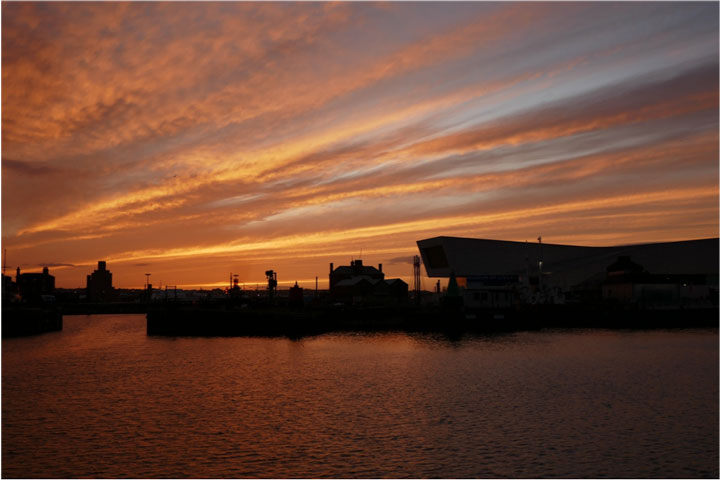
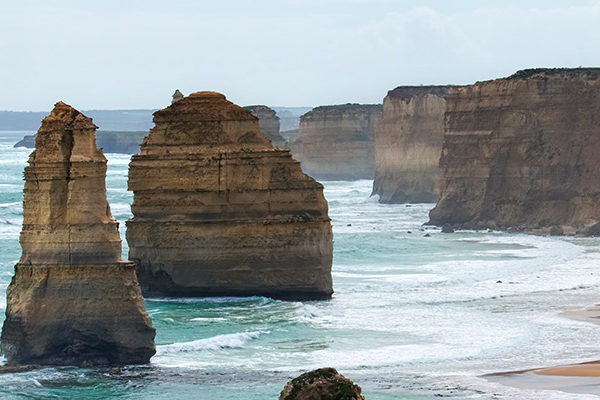
What do you think?